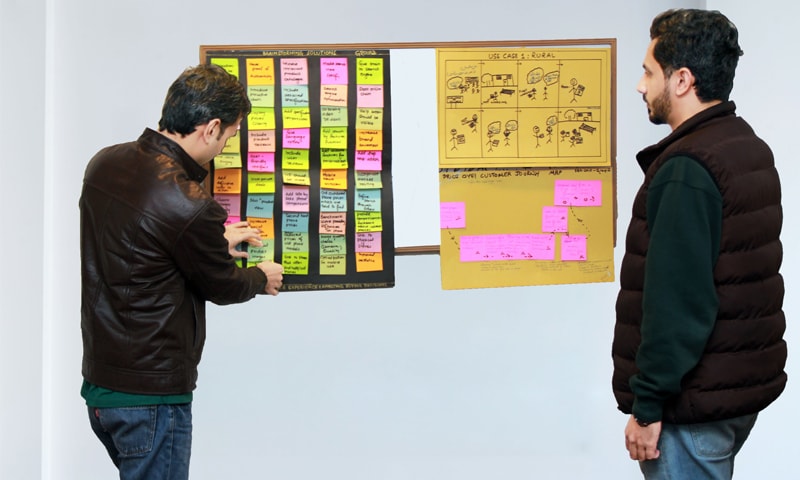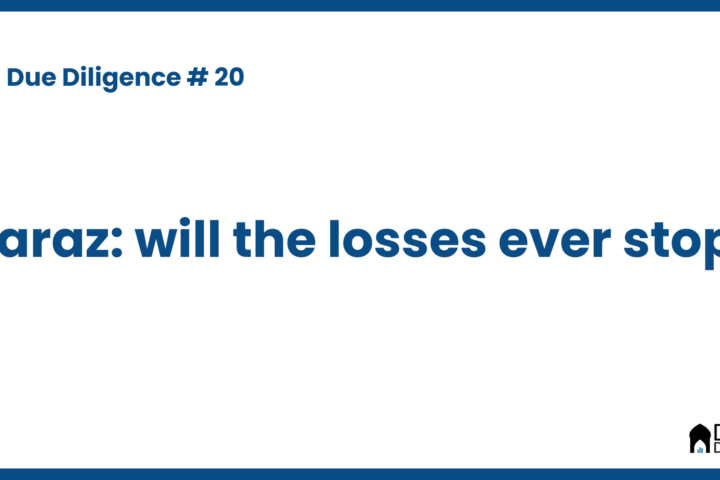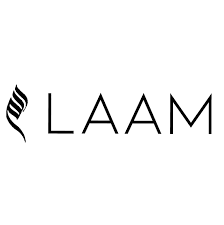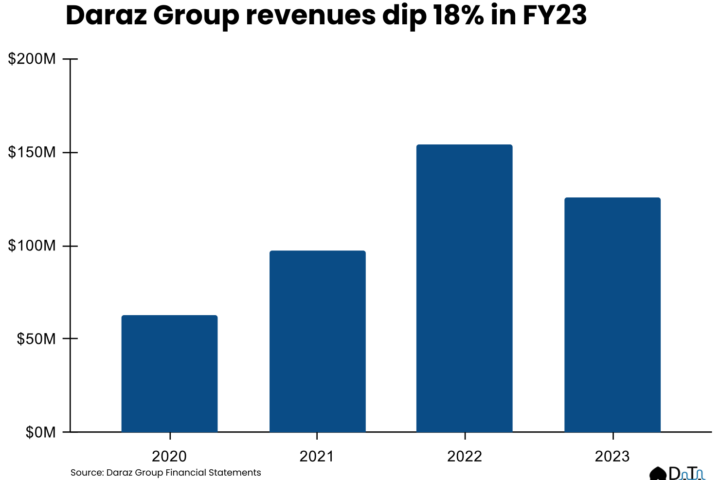Anyone who has tried buying a phone knows how confusing it can be: choosing the right model within your budget, market surveys, checking product ratings, internet searches on a thousand websites, and by the time you’re done, that model is probably outdated. Priceoye.pk, wants to make that whole affair easier and quicker.
Founded by the Shaffi brothers in Islamabad in late 2015, the start-up is currently the biggest price comparison website for mobile phones in Pakistan that helps you decide not just what to buy but also where to buy it. Thus far, most of the price comparisons are taken from other online retail platforms.
“When Adeel and I had our previous start-up acquired by a US-based company, we wanted to reward our team by gifting them gadgets. But looking for these devices was such a daunting process that we realized the need for an expansive shopping intelligence engine and began researching the industry,” says Adeel. They conducted surveys across major urban centers in Pakistan and found no price standardization website, making a good case for a timely entry into this untapped market.
Bootstrapping from their previous company’s acquisition, the Shaffis launched PriceOye and interestingly named it so because ‘oye’ is a word common to all the Pakistani languages, making it comprehensible to virtually everyone. The company has a data-driven market research approach that lets consumers make informed decisions by comparing prices, shipment times, etc. What probably makes them stand out is the real-time price updates they provide from all the big players currently operating in Pakistan’s e-commerce arena.
“We found that generally, the Indian success stories replicate themselves in Pakistan after a lag of around six years. In 2007, their e-commerce accounted for only 0.3 percent of the total market share which grew to 1.8pc by 2017 and has been on the rise ever since,” he reveals. “In Pakistan, the 2018 figures give that share at 0.3pc so the time feels right for investment here,” he adds.
Planning to expand from a mobile phone comparison website to a complete shopping intelligence engine, PriceOye is set to add nine more categories in the next two quarters. They are also working on a tailor-made phone recommendation service generated by machine learning and artificial intelligence that will advise customers on what to buy given their budget, functional needs, and other factors. The website also runs a blog where you can find out all the news about mobiles, such as release dates, comparisons between models, and so on.
“The relatively early stage of Pakistan’s online retail market is our biggest challenge,” he says. After all, their platform can only be as big as the online retail market in the country, so the faster the latter grows, the bigger their own market becomes.
In search of new markets, Adnan has his eyes set on Pakistan’s second-and third-tier cities where he sees a huge market to tap into since the local retailers charge premiums as high as 20pc. “Our research found that in addition to motorcycles, the culture in Pakistan’s rural areas now also prizes cell phones as a status symbol, and a clear spike in their sales is observed after a bumper crop,” says Adnan. PriceOye is gearing up to cash that in, hoping for a bumper crop of its own in the process.
At the moment, the company has shied away from running any sort of advertisements on its domain. To ensure reliability and trust, the e-commerce stores must also meet certain criteria to get even listed and their ratings are available for the consumers to see.
For almost three years, they sank their own money to build their company but the revenue stream has kicked in now. PriceOye makes its money through commissions on sales as well as by helping retailers expand their reach. But unlike many impatient youngsters, they are not in a hurry either to get investors on board.
Their efforts and potential recently found validation when the brothers were listed in Asia’s Forbes 30 under 30.
However, Adnan recalled that it wasn’t always as rosy. Many industry players were initially reluctant to collaborate with them given the low website traffic, but those days are long gone as PriceOye currently boasts of 1.5 million visits per month — second only to Daraz.pk.
Given their growth-driven approach, it’s no surprise that they plan to double the size of their team by the end of this year. “We made this rule that whoever we hire must be smarter than us,“ he says. “Unfortunately, we haven’t been able to hire as fast as we’d have liked because of the serious brain drain Pakistan suffers from. But that trend will reverse once the market kicks off here as it did in other countries in the region and to be honest, the signs are already visible,” he optimistically noted.
This might sound optimistic to some. After all, how hard can it be to set up a price comparison engine? Especially when the prices one is comparing are taken from online retailers? “We go beyond that,” says Adnan, taking issue with the suggestion that his business model is easy to replicate. “There are 12 price comparison engines in Pakistan at the moment, and we have 73pc market share” he adds.
What they have that late entrants won’t, he claims, is a vast and growing database upon which they run their analytics to not only tell the customer about other products in the same price range but also where the price of any given product might be heading in the near future. “Our platform will alert you if our analytics say that the price of the mobile device you are buying is likely to drop in the next week”.
The database, he says, consists of 50 million data points. “It took us three years to build this, and it is growing every day. A new entrant will always be three years behind us in this game.” In fact, the database is the center of gravity of his brand equity, he says. It is where PriceOye intends to differentiate itself. Is this the winning strategy for a customer acquisition platform? Both the PriceOye brothers are betting their credibility, and their careers, that it is.




